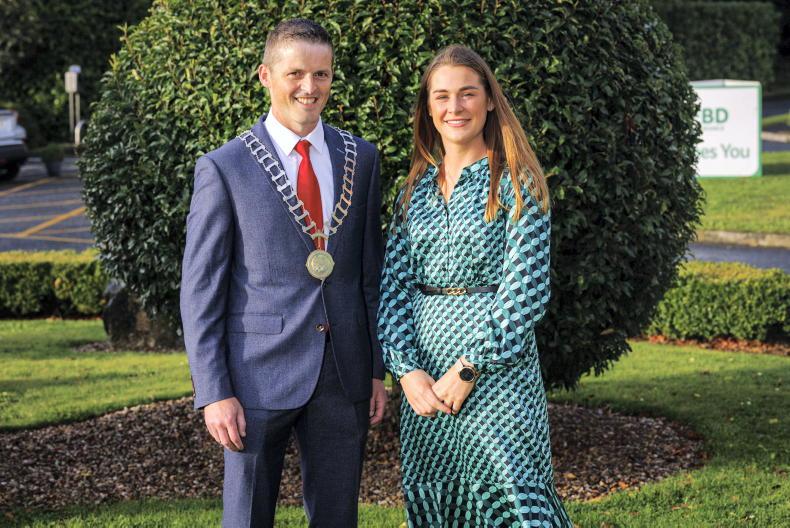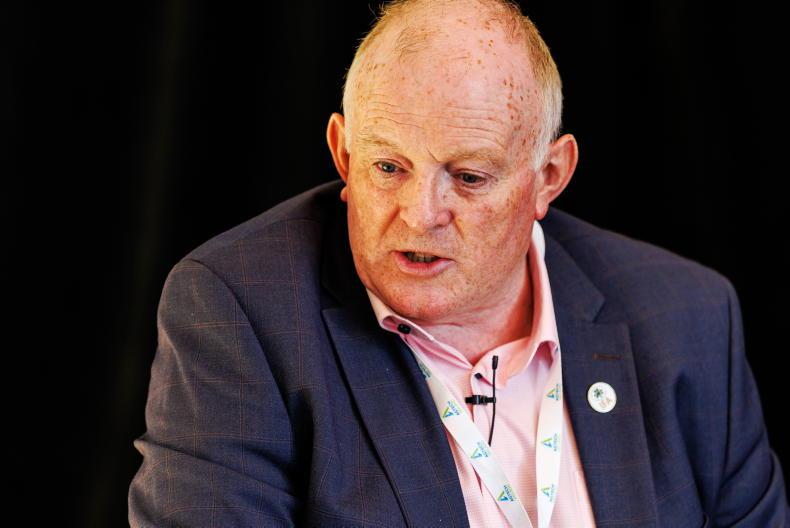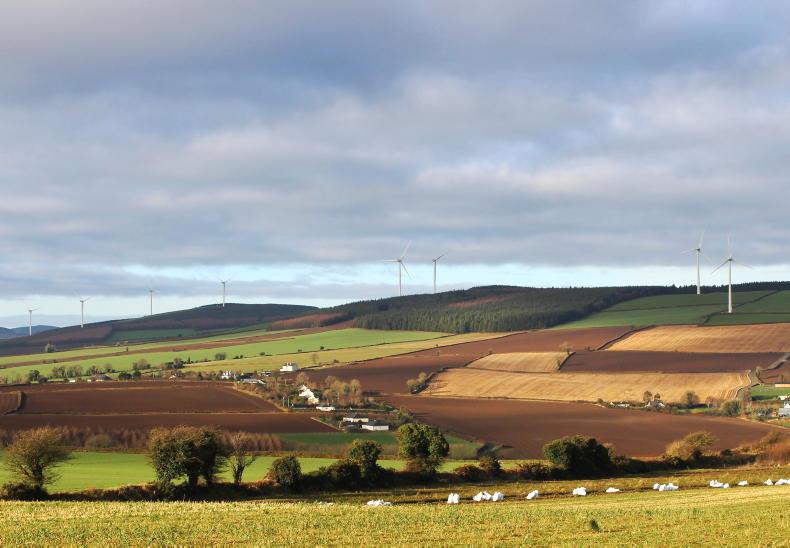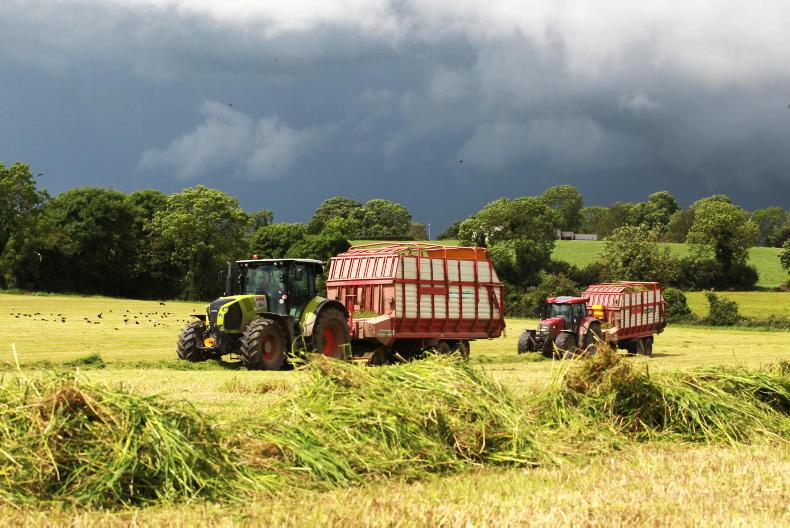Reflecting on the recent Annual Agricultural Science Association (ASA) annual conference and dinner, there were noticeably few women in attendance.
Despite the fact that there are now a number of groups dedicated to addressing gender equality in farming and the agri-food sector, women were starkly underrepresented at what is generally a key forum for both debate and networking in the sector.
Women made up just less than one quarter of the banquet attendees. Perhaps female attendance was on par with other years, but given a two-year absence of such events, it certainly stuck out.
Not unique to agriculture
The issue of female attendance and participation at conferences - across business, science and technology - has been researched extensively internationally.
The general consensus is that to get greater diversity - gender or otherwise - and representation at conferences, practical steps are necessary.
While conference organisers have a key responsibility, so too do sponsors, delegates and speakers. A key starting point should be avoidance of ‘manels’, where panels are largely made up of white men.
A recent study examining medical conferences that was published in the Lancet medical journal found that even with gender balanced audiences, women are less likely than men to ask a question. However, as the number and visibility of female chairpersons increase, so too do the number of questions from women.
According to Harvard Business Review, when we default to the 'best' in a category for conference speakers, we usually default to white men, a reality reinforced by long-standing dynamics in society. This is found to hold true in the US, Europe and even Asia.
Sourcing speakers outside of your normal network can be effective in this regard.
Finally, if you believe that there aren’t enough qualified or experienced women available, you’re kidding yourself, not just in agriculture but in every walk of life.
ASA has key role to play
The ASA council has generally sought to be representative across the industry and gender is no different. Currently, 42% of the ASA council are female.
The organisation’s incoming vice-president Niamh Bambrick will be the sixth female president in the history of ASA since it was founded in 1944.
But she will also be the sixth in the 15 years since Elaine Farrell became president in 2008, which is surely great progress.
For the future, the association may need to ask if it is doing enough to attract and retain female members at events, particularly at the foremost networking event of the year.
It is important for women working in the industry, the association itself and the industry as a whole, that women are engaged and represented.










SHARING OPTIONS